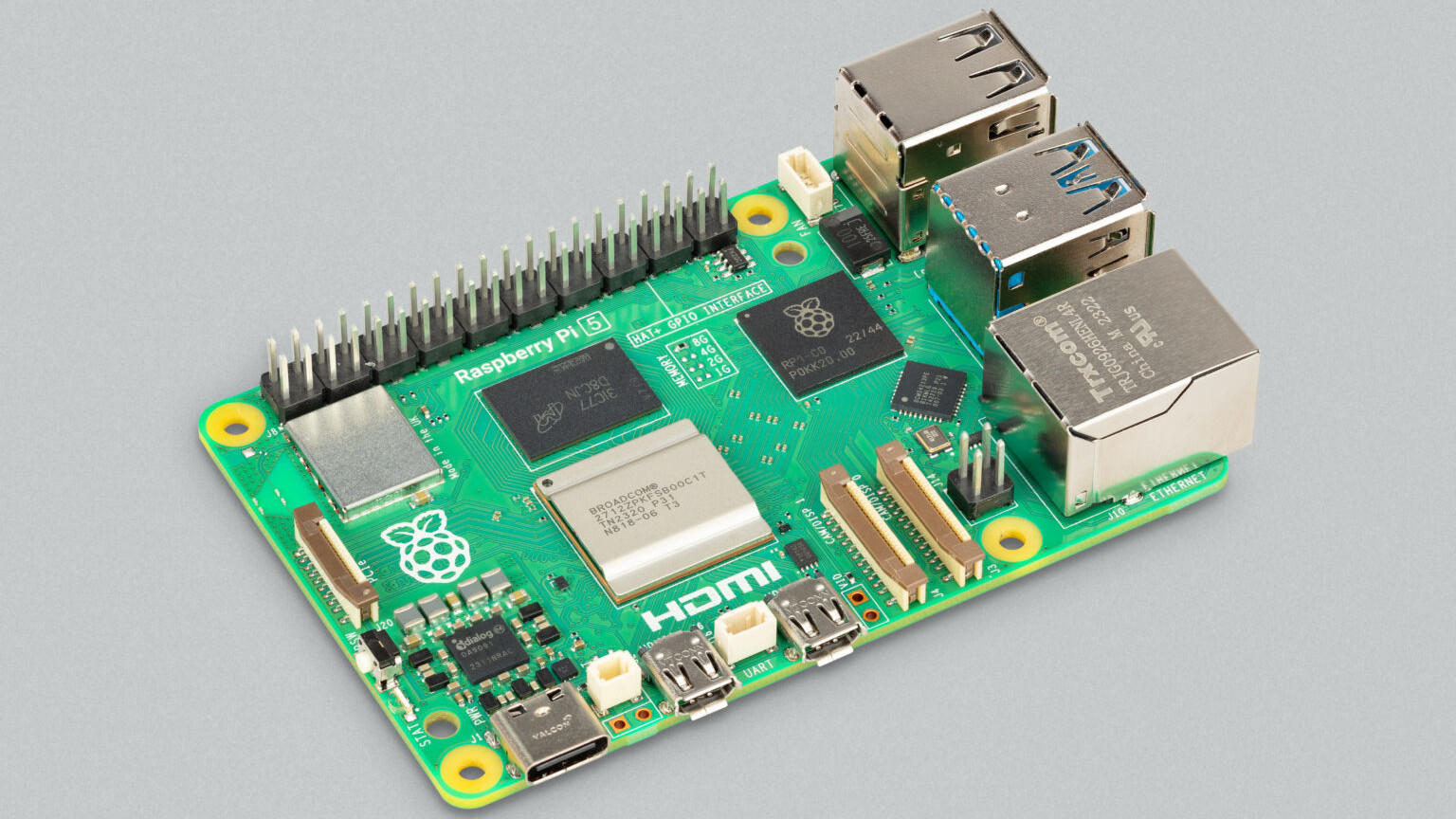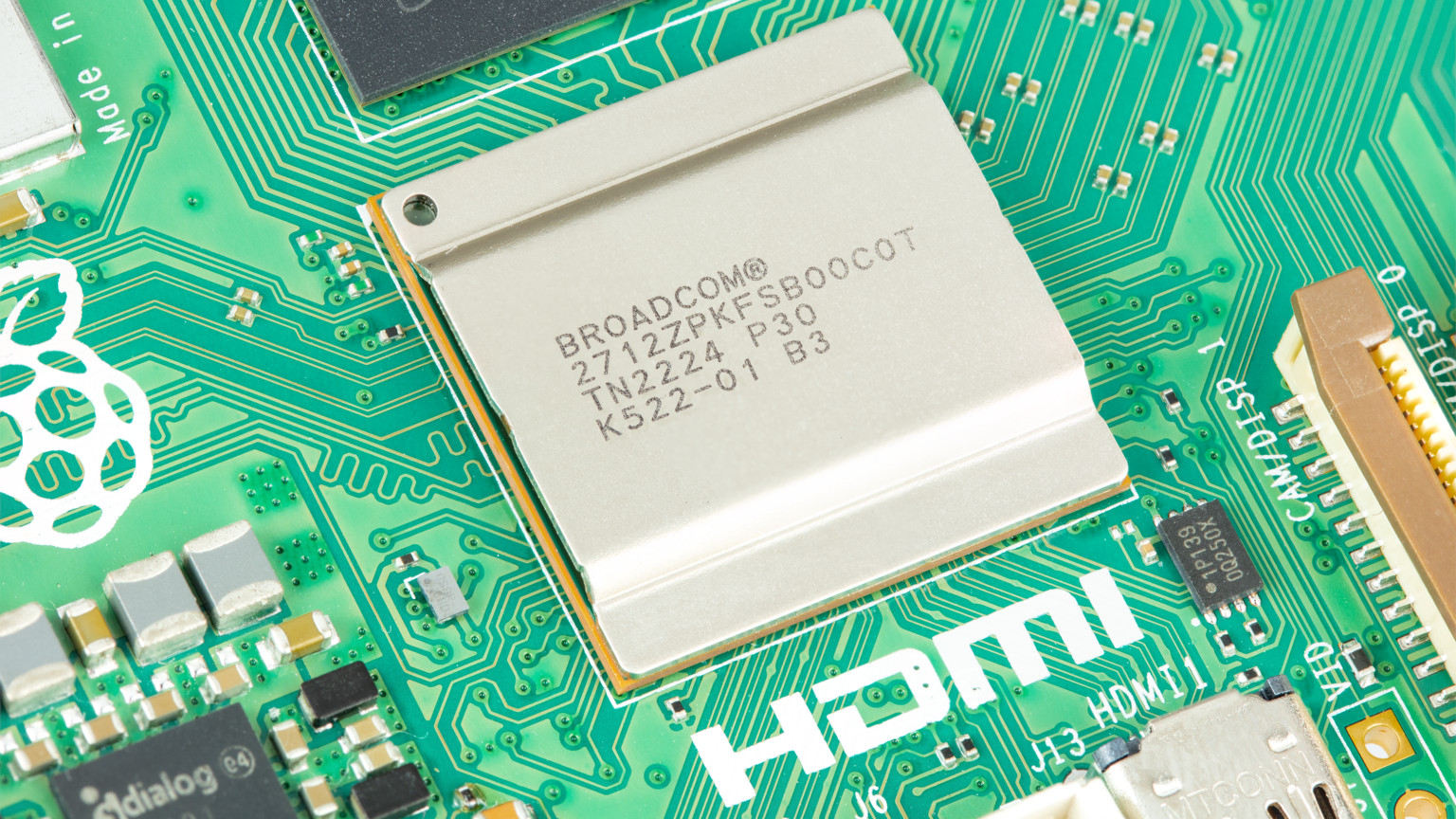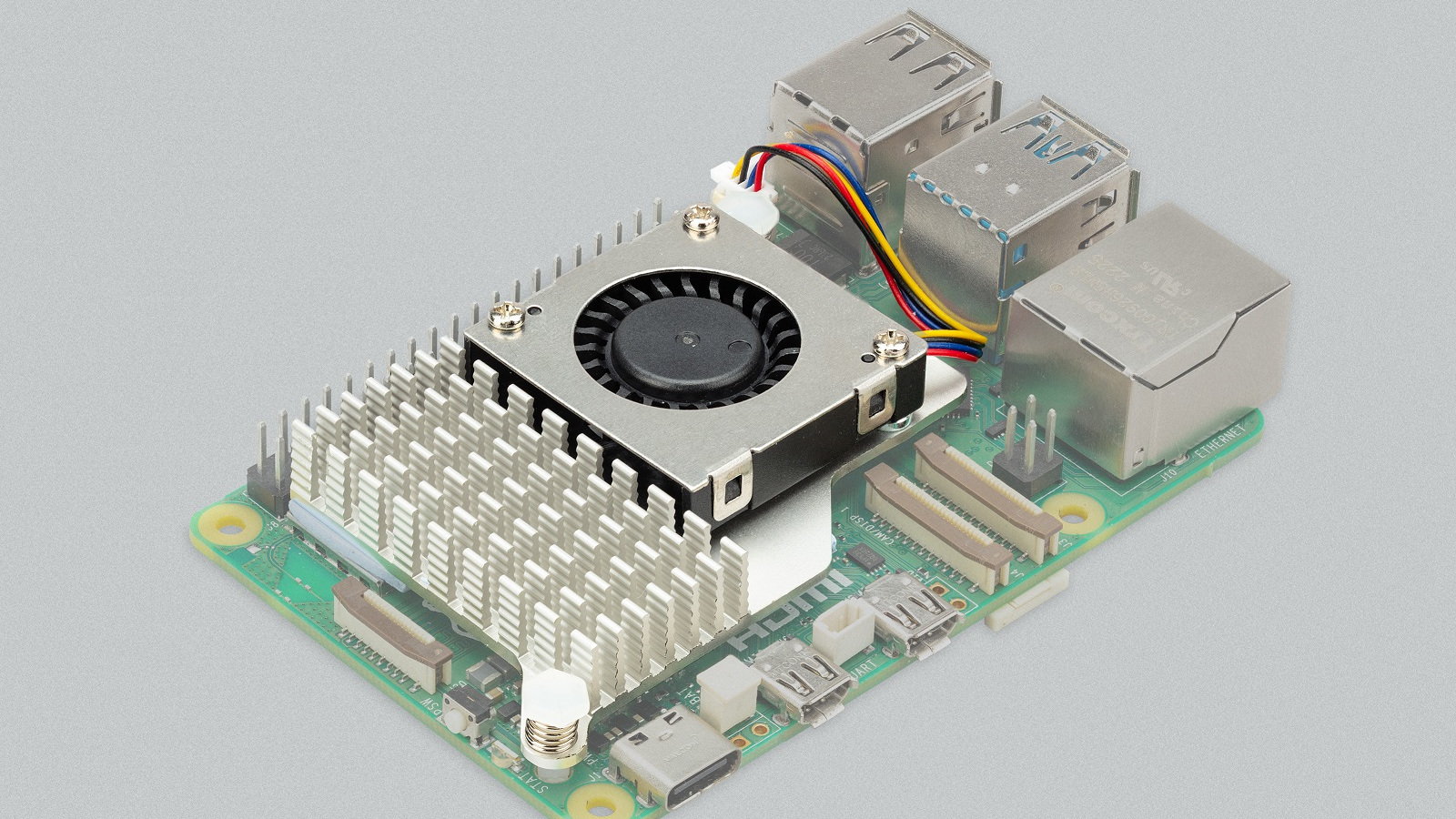Raspberry Pi 5 is a seriously supercharged new brain for your DIY projects
It’s out in October, but the path to the Pi 5 is not without concerns

The Raspberry Pi 5 has just been revealed, with the latest incarnation of the compact computer board set to go on sale in October.
It’s over four years since the Raspberry Pi 4 hit the shelves (June 2019), and the new Pi 5 promises to be a big step forward over its predecessor for hobbyist makers, as you might expect. Indeed, the Pi 5 is said to be at least twice as fast – or more like three times – compared to the previous version of the board.
Although you wouldn’t guess as much from the outward appearance, which remains much the same at first glance.
So, to break things down into specifics, what exactly are we getting here in terms of upgrades over the previous Raspberry Pi?

Key upgrades to boost performance with your Pi projects
The new engine for the Raspberry Pi 5 is a quad-core Arm Cortex-A76 CPU running at 2.4GHz, and this is a major upgrade compared to the Pi 4 (which if you recall featured a chip that topped out at 1.8GHz). Much of the additional raw performance grunt for the Pi 5 is wrapped up in this new chip, of course.
Furthermore, there’s a VideoCore VII GPU running at 800MHz which will offer a considerable uplift for graphics performance, we’re told.
With connectivity, there are a pair of HDMI outputs, giving you the ability to hook up two 4K displays (at 60Hz, with HDR support), as well as two USB 3.0 ports, a pair of USB 2.0 ports, and Gigabit Ethernet, along with a microSD card slot. With the latter, SDR104 mode support means SD card performance is doubled, no less.
Sign up for breaking news, reviews, opinion, top tech deals, and more.
The Pi 5 also comes with in-house silicon for the first time in the form of the RP1 southbridge (the part of the motherboard facilitating communication with attached peripherals). We’re told this represents a significant leap for peripheral performance, ushering in much faster transfer speeds to external drives for example.
The Pi 5 also boasts a pair of four-lane 1.5Gbps MIPI transceivers, enabling the connection of up to two cameras (or displays). Additionally, a new single-lane PCI Express 2.0 interface is present.
For wireless connectivity, we have Bluetooth 5.0 and Bluetooth Low Energy (BLE), with dual-band 802.11ac Wi-Fi (known as Wi-Fi 5 these days).
The Pi 5 will come in two variants, and as before, one runs with 8GB of system RAM, and the other is more modestly equipped with 4GB, with pricing pitched at $80 / £79 / AU$95 and $60 / £60 / AU$125 respectively. That’s a touch more expensive than its predecessor, but not meaningfully (a $5 bump in both cases).
As mentioned, the Pi 5 will be available to buy in October at some point, but pre-orders open right now.
Analysis: A great-looking device – with a couple of potential Raspberry ripples

With pre-ordering kicking off early, there’s already some pessimism about the availability of units, and the reality of the October launch, and how that’ll pan out with what’s anticipated to be a considerable rush to get the new Raspberry Pi 5. (With past wobbles around stock levels still looming large in the minds of computer enthusiasts, doubtless).
Indeed, there has been a little sourness around the expectation that was previously floated that the Pi 5 wouldn’t be emerging until next year. Some folks went and bought a Pi 4 recently, not wanting to wait until 2024, and are now venting their displeasure at the fact they only had to hang on for another month before the new much-improved board came out. At least in theory, anyway, if production and supply runs smoothly enough.
Still, none of this should take away from the Raspberry Pi 5 looking like an impressive upgrade for the compact board – a very significant one, particularly with the performance boost brought in by the shiny new Arm Cortex-A76 CPU.
The potential sticking point, aside from issues around how soon you might be able to realistically get a Pi 5 shipped, is as The Verge (which spotted the launch) points out, the device gets “pretty hot”. However, there is an option to add an active cooler (mini-fan) to help with thermals (for an extra $5, as pictured above).
You might also like
Darren is a freelancer writing news and features for TechRadar (and occasionally T3) across a broad range of computing topics including CPUs, GPUs, various other hardware, VPNs, antivirus and more. He has written about tech for the best part of three decades, and writes books in his spare time (his debut novel - 'I Know What You Did Last Supper' - was published by Hachette UK in 2013).